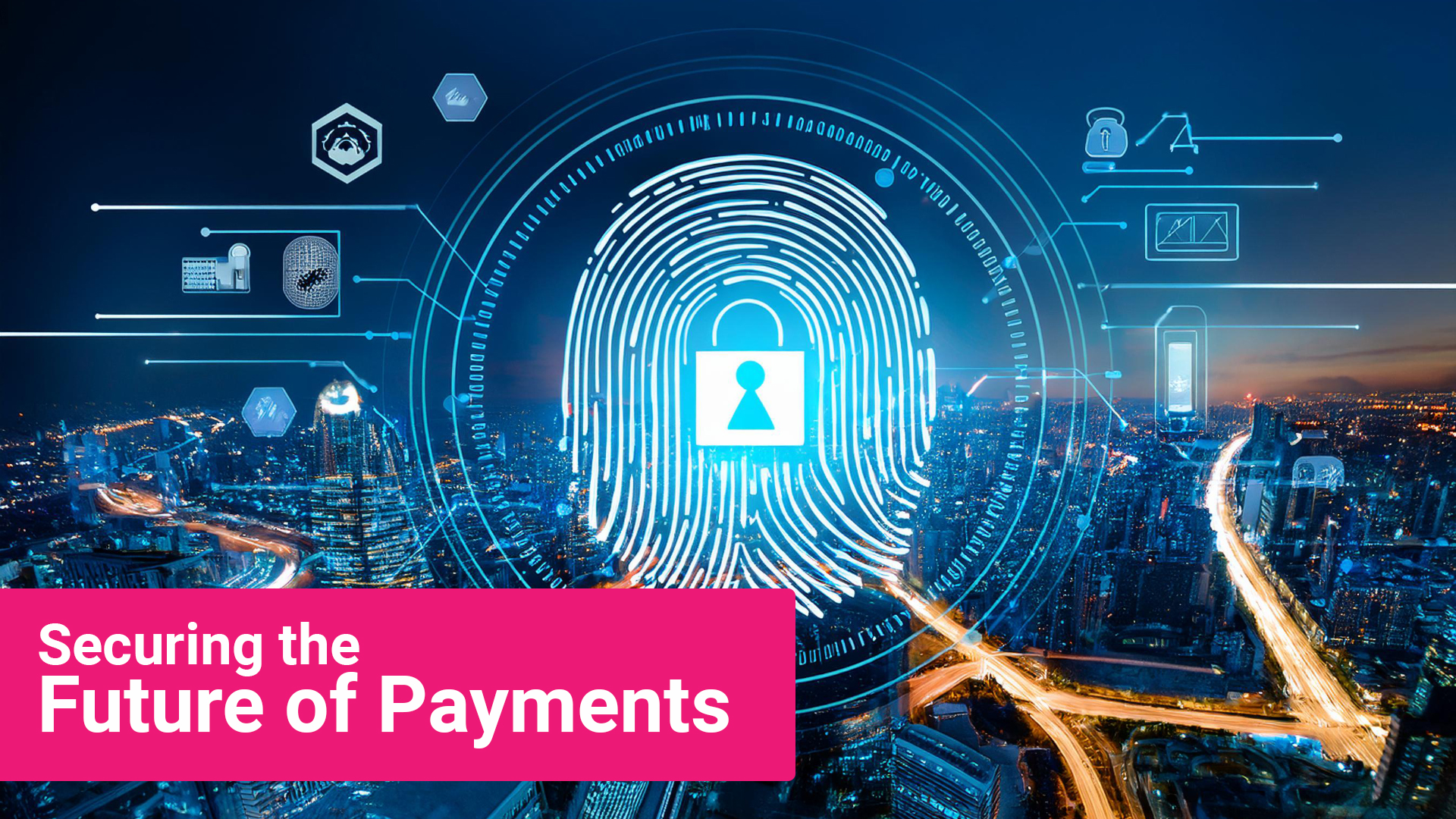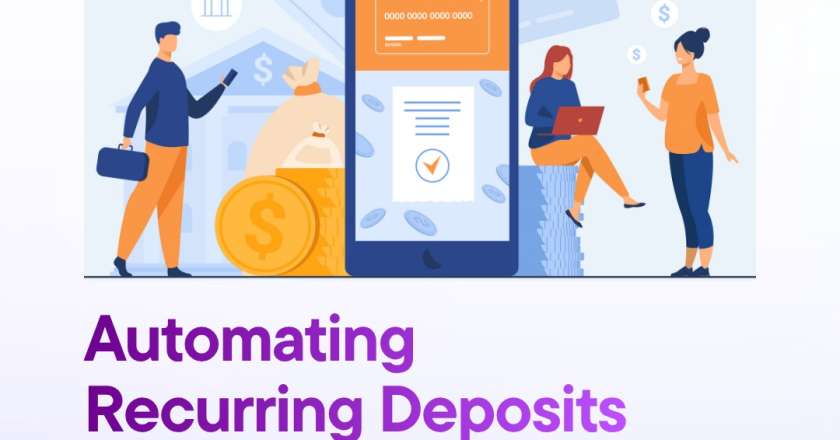In today’s digital age, security is paramount, especially in the realm of financial payments. Ensuring the safety and security of data and payment processes requires a multi-faceted approach. Here’s a look at the cutting-edge technologies employed to ensure robust security at every level.
1. Advanced Authentication Mechanisms: 2FA, MFA, and CAPTCHA
Ensuring that only authorized users have access to sensitive information is a cornerstone of a strong security strategy. Multiple layers of user authentication are essential.
- Two-Factor Authentication (2FA): By requiring a second form of verification beyond just a password, 2FA adds an extra layer of security. Users must provide something they know (a password) and something they have (a mobile device for a code) to gain access.
- Multi-Factor Authentication (MFA): Taking security a step further, MFA combines two or more verification methods—such as passwords, biometric verification, and one-time passcodes—providing an even more robust defense against unauthorized access.
- CAPTCHA: To protect against bots and automated attacks, CAPTCHA (Completely Automated Public Turing test to tell Computers and Humans Apart) challenges users to prove they are human before accessing sensitive areas. This helps prevent fraud and abuse on a large scale.
2. AWS Data Storage: Multi-Level Security
Data storage is a critical aspect of a comprehensive security framework. Leveraging Amazon Web Services (AWS) ensures that infrastructure is both secure and scalable.
- Multi-Level Security: AWS provides a comprehensive set of security capabilities, including data encryption at rest and in transit, identity and access management, and network firewalls. These features ensure that sensitive data is protected at multiple layers—from the physical hardware to the application level.
- Encryption: All data stored on AWS is encrypted using industry-standard encryption algorithms. This ensures that even if data were to fall into the wrong hands, it would remain unreadable without the proper decryption keys.
3. Comprehensive Data and User Security
Security efforts go beyond securing infrastructure; they also focus on protecting data and ensuring the safety of users.
- Data Security: Implementing stringent data protection measures, including regular security audits, vulnerability assessments, and data masking techniques, helps safeguard information from potential breaches or leaks.
- User Security: Platforms are designed with the user in mind, ensuring that all interactions are secure and trustworthy. Monitoring user activity for suspicious behavior and having systems in place to detect and respond to potential threats in real-time is crucial.
4. Continuous Monitoring and Threat Detection
Security is not a one-time task; it’s an ongoing process. Continuously monitoring systems for potential threats and vulnerabilities is essential.
- Real-Time Monitoring: Advanced monitoring tools are used to keep an eye on network traffic, user activity, and system performance. Any anomalies are flagged and investigated immediately.
- Threat Detection and Response: Sophisticated threat detection mechanisms are employed to identify and neutralize threats quickly. Whether it’s a brute force attack or a phishing attempt, systems are designed to respond swiftly, minimizing the risk of a security breach.
Conclusion: Your Trust, Our Priority
Trust is the foundation of any financial relationship. That’s why it’s vital to invest heavily in the technologies and practices that keep data and payments secure. From multi-factor authentication to multi-level data storage security, the commitment to safeguarding information should be unwavering.
As innovation and services continue to expand, maintaining the highest standards of security remains a top priority.



